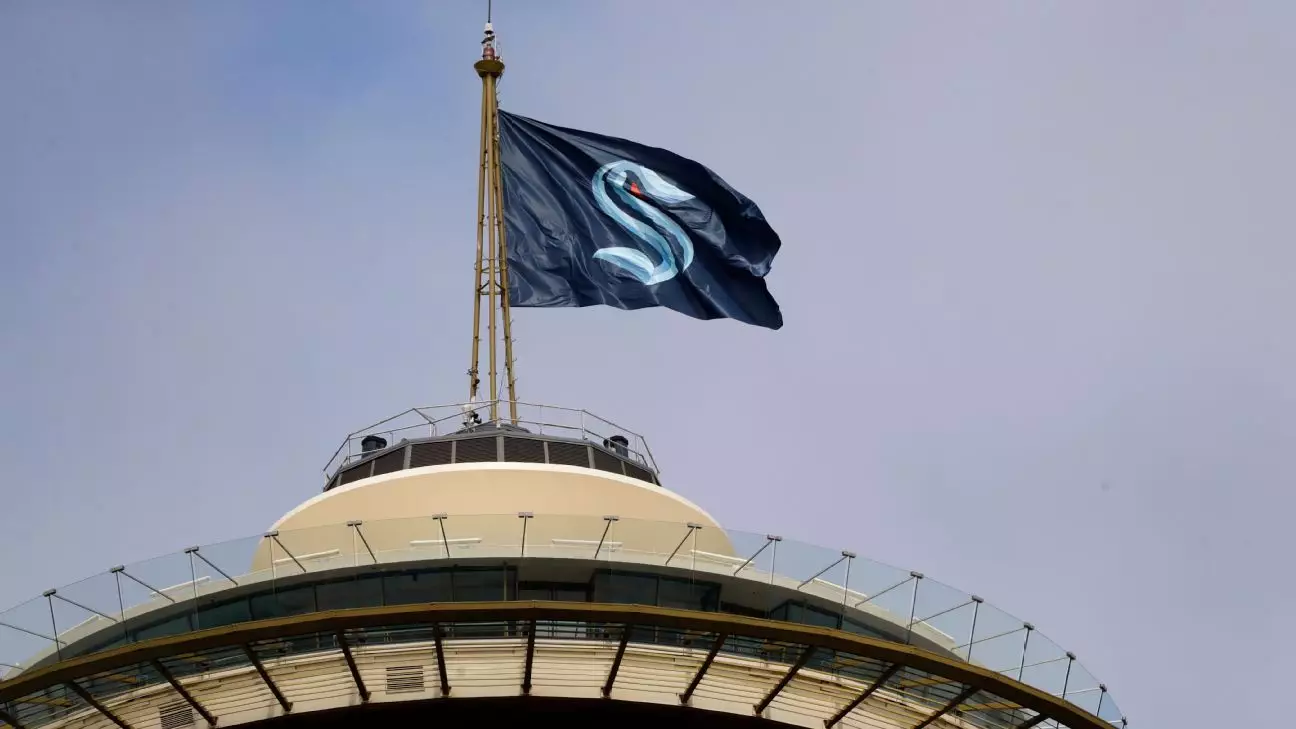In an era where adventure and exploration are often celebrated through social media, the reality of natural hazards remains an overlooked risk. The recent incident involving Seattle Kraken player John Hayden and their mascot Buoy in the wilds of Alaska highlights the unpredictability of wildlife encounters. While these moments are often framed as adventures or “once-in-a-lifetime” experiences, they mask the underlying danger that wild animals pose to humans. Brown bears, specifically, are apex predators with instincts sharpened for survival, not curiosity or entertainment. The thin line between awe and peril becomes dangerously evident when humans enter their domain unannounced or without appropriate respect.
This incident underscores a broader issue: our frequent, sometimes reckless, desire to humanize nature’s creatures and treat their habitats as backdrops for entertainment. The bear’s close approach was not malicious but driven by instinct and curiosity—yet it could have easily turned violent. In this context, it becomes crucial for individuals and organizations to prioritize safety and fully understand the environment they’re stepping into. Despite the assurances of guides and safety precautions, raw nature rarely adheres to human expectations. The buzz around social media often overshadows the inherent risks, leading to a false sense of security.
The Illusion of Control and the Power of Nature’s Sovereignty
What makes this episode particularly compelling is not just the proximity to danger but the illusion that humans have control over nature. The crew’s reliance on guides and safety measures reflects modern arrogance—believing that observation equates to safety. Declaring that the bear was not intentionally involved and that it probably saw Buoy because of his unusual hair color downplays the reality of nature’s sovereignty. Animals like bears are perfectly adapted to their environment, and their reactions can be unpredictable at best.
This encounter reveals a fundamental truth: nature is neither a staged performance nor a controllable spectacle. Despite advancements in safety protocols and guided excursions, the wilderness can swiftly reclaim its dominance, reminding us of our vulnerability. Our fascination with wildlife often glamorizes these creatures, reducing them to characters in reels rather than respecting their role as wild animals with primal instincts. Such misunderstandings can lead to dangerous situations, as the bear’s sudden charge illustrated, sparking the need for a more sober understanding of our limitations in the face of nature’s raw power.
Reevaluating Our Approach to Wildlife and Conservation
The incident raises questions about how humans should approach wildlife tourism and conservation. While the trip was organized by the Bristol Bay Native Corporation and aimed at promoting youth hockey, it inadvertently romantized the wilderness. Instead of fostering respect and understanding, such encounters risk encouraging superficial interactions with powerful animals. The park’s status as a sanctuary for bears and other wildlife should not be trivialized for entertainment value or social media clicks.
It’s high time we reassess the narrative we craft around wildlife. Protecting these animals entails understanding their natural behaviors, respecting their territories, and acknowledging that human presence can never be fully risk-free. Conservation efforts should focus on education, emphasizing that the wilderness commands respect and caution. The playful comment about blaming Buoy’s look for attracting curiosity trivializes the gravity of wildlife encounters and diverts attention from necessary precautions.
This close call serves as a stark reminder of our fragile relationship with nature. We must accept that wild animals are not characters for entertainment but sophisticated beings who govern their domains with fierce independence. It’s not just about avoiding danger; it’s about fostering a mindset of stewardship that recognizes humans as visitors, not owners, of the natural world. Failure to do so could lead to more dangerous, even tragic, encounters in the future.

